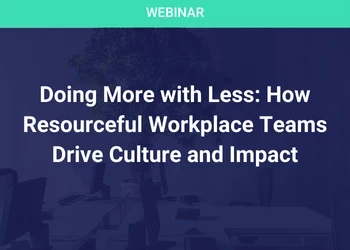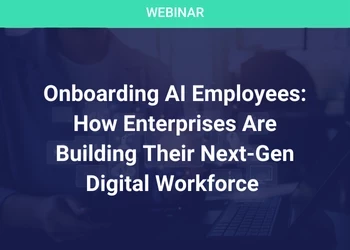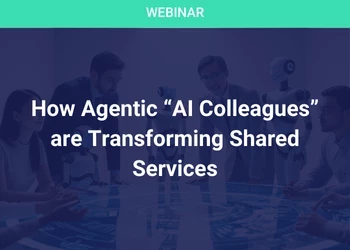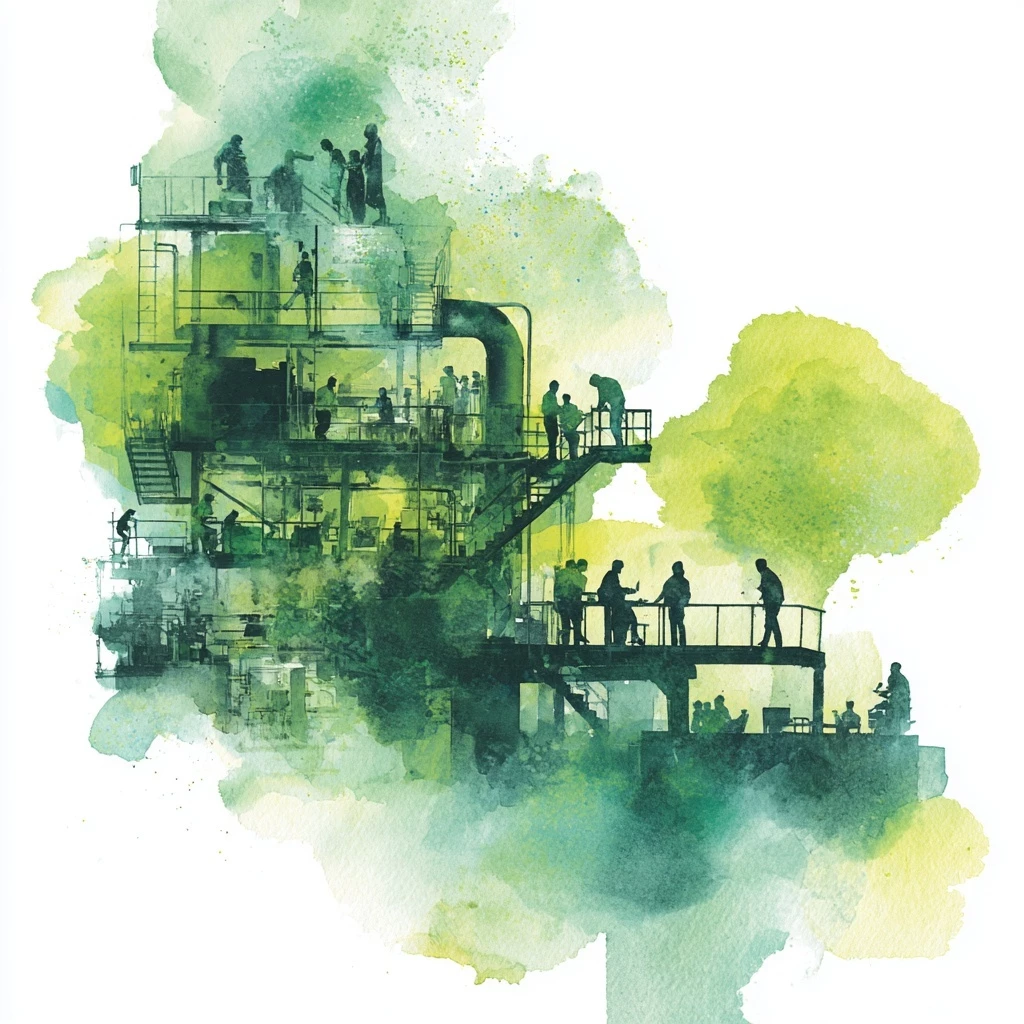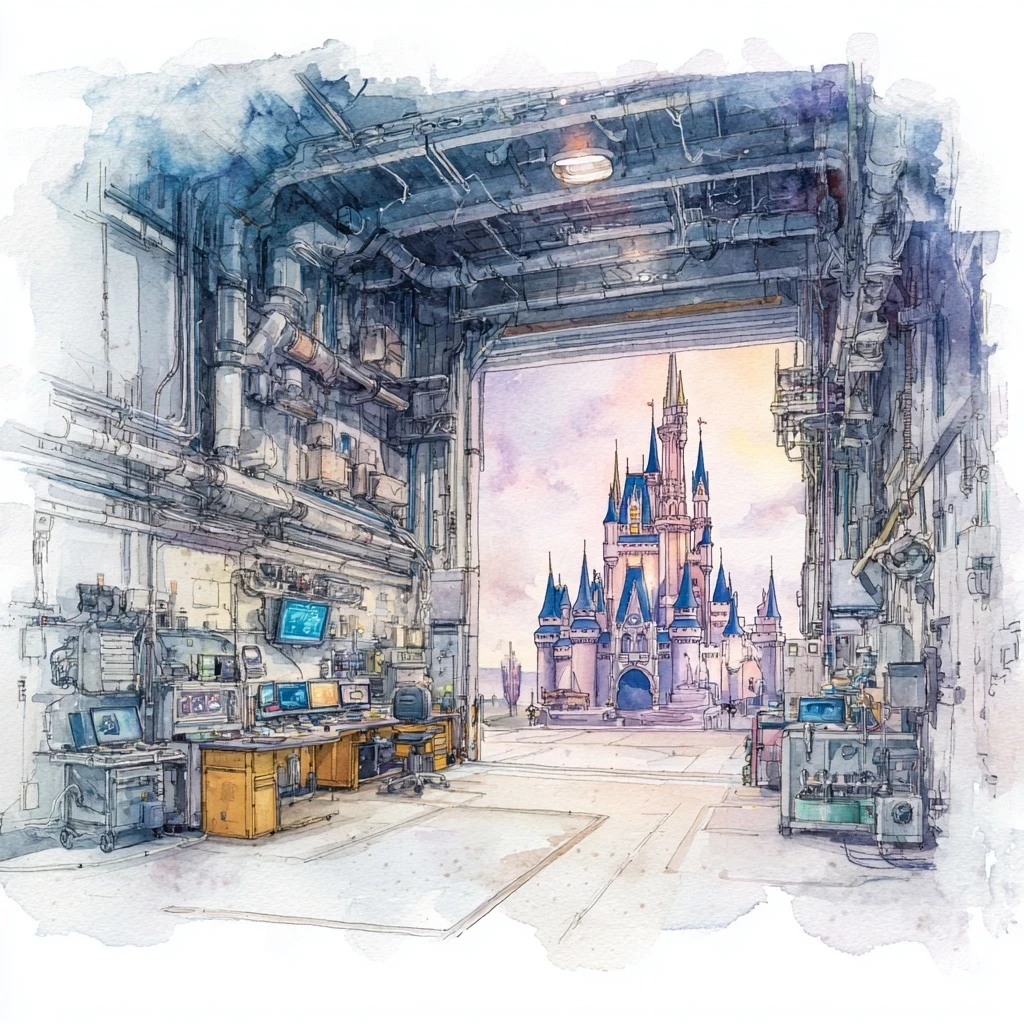Are traditional techniques like Kaizen and Lean Six Sigma still relevant?
Add bookmark
No matter the industry, organizations today are constantly under pressure to innovate and meet the ever-changing expectations of their customers. With the rise of artificial intelligence, process automation, and a remote workforce, businesses must ask: Are traditional continuous improvement methodologies like Kaizen or Lean Six Sigma becoming obsolete, or are these decades-old approaches adaptable to the realities of modern operations?
What Is Kaizen and Lean Six Sigma?:
Kaizen is a Japanese term meaning “change for the better” or “continuous improvement.” Developed in post-World War II Japan, particularly within the manufacturing sectors (namely Toyota), Kaizen encourages small, incremental changes to improve efficiency, quality, and performance. It emphasizes collective responsibility and employee involvement at all levels.
Lean Six Sigma combines two methodologies that are impactful in their own right: Lean, which aims to eliminate waste and streamline processes, and Six Sigma, which focuses on reducing variation and defects using statistical tools. The marriage of these two strategies results in a data-driven methodology aimed at maximizing performance and customer satisfaction while minimizing costs and inefficiencies.
Both Kaizen and Lean Six Sigma have historically been cornerstones of operational excellence in manufacturing, healthcare, logistics, and other industries. In today's evolving business environment, can these mainstays coexist with our modern technologies and shifting workplace expectations?
Why Some Consider These Methodologies Outdated:
In the last five years, some critics argue that Kaizen and Lean Six Sigma have lost relevance for a few reasons:
- Speed of Change: The current pace of technological advancement often demands transformative innovation rather than incremental improvement. Critics claim that Kaizen’s focus on small, slow changes can feel incompatible with fast-paced digital disruption.
- Digital Transformation: As AI and machine learning drive new efficiencies, businesses are increasingly looking to automation, data lakes, and predictive analytics—tools far beyond the traditional Lean Six Sigma toolkit.
- Bureaucracy and Rigidity: Particularly with Lean Six Sigma, the emphasis on formal certifications (Yellow Belt, Green Belt, Black Belt) and documentation can introduce rigidity. Some agile organizations see this as a hindrance to nimble decision-making.
People-Centric Origins: Both methodologies have always emphasized human involvement. In 2025, we are constantly seeing workflows augmented or even replaced by technology, reducing the relevance of people-centric improvement processes.
Why They Still Matter — and Perhaps More Than Ever:
1. Adaptability: While traditionally rooted in manufacturing, both Lean Six Sigma and Kaizen have been successfully implemented in industries like healthcare, software development, finance, and customer service. For instance, Lean software development is now a popular agile methodology. In 2025, this crossover continues, with teams applying Lean principles to optimize DevOps pipelines, reduce tech debt, and improve user experience.
2. Compatibility: Digital tools have not rendered these methodologies obsolete. Rather, Kaizen and Lean Six Sigma have found new life through technological integration. AI and machine learning now provide richer data inputs for Six Sigma analysis and can highlight real-time waste tracking, aligning perfectly with Lean's goals. Additionally, workflow automation tools support Kaizen by enabling rapid implementation of process improvements. Overall, these more traditional methodologies serve as the philosophical backbone attached to new technological muscle.
3. Cultural Value: In an era marked by hybrid and remote work, organizations might struggle to maintain a cohesive culture of excellence. Kaizen, with its emphasis on employee involvement, cross-functional collaboration, and empowerment, is more critical than ever for aligning distributed teams around a shared mission of improvement. Moreover, Lean’s focus on value from the customer’s perspective resonates with the modern emphasis on customer-centricity. Businesses that maintain a Lean mindset are more likely to identify and prioritize changes that directly impact customer satisfaction.
4. Sustainability: Environmental and social governance will become imperative in 2025. Lean principles that focus on eliminating waste align well with sustainability efforts. Organizations are revisiting Lean not just to reduce costs, but to improve their environmental footprint—by cutting material waste, energy use, and inefficiencies across the supply chain. Kaizen also contributes to sustainability by promoting a culture of accountability, inclusivity, and long-term thinking.
Today's Challenges:
Despite their continued relevance, successful implementation in 2025 comes with new challenges. Employees must be trained not only in traditional methodologies but also in digital tools and data literacy. Businesses now face more data than ever. If leadership is not adding talent with applicable skills, Kaizen and Lean Six Sigma principles will continue to seem irrelevant. It is also important to note that continuous improvement can sometimes feel like constant change, leading to burnout. Organizations must balance improvement with stability and recognition.
Still Relevant — Essential When Evolved:
Kaizen and Lean Six Sigma are not obsolete—they are evolving. They remain deeply relevant, particularly when integrated with modern technologies and adapted to new organizational realities. The businesses that thrive in this era are those that embrace continuous improvement as a core value, not just a one-time initiative. They see Kaizen and Lean Six Sigma not as outdated tools, but as enduring philosophies—now supercharged by AI, automation, and analytics. By blending these methodologies with the speed and intelligence of modern business systems, companies can build resilient, adaptive, and high-performing organizations prepared to succeed, no matter what the future holds.
To hear more excellent insights from our SSO Network, please join us for our upcoming Record to Report Virtual Summit.


